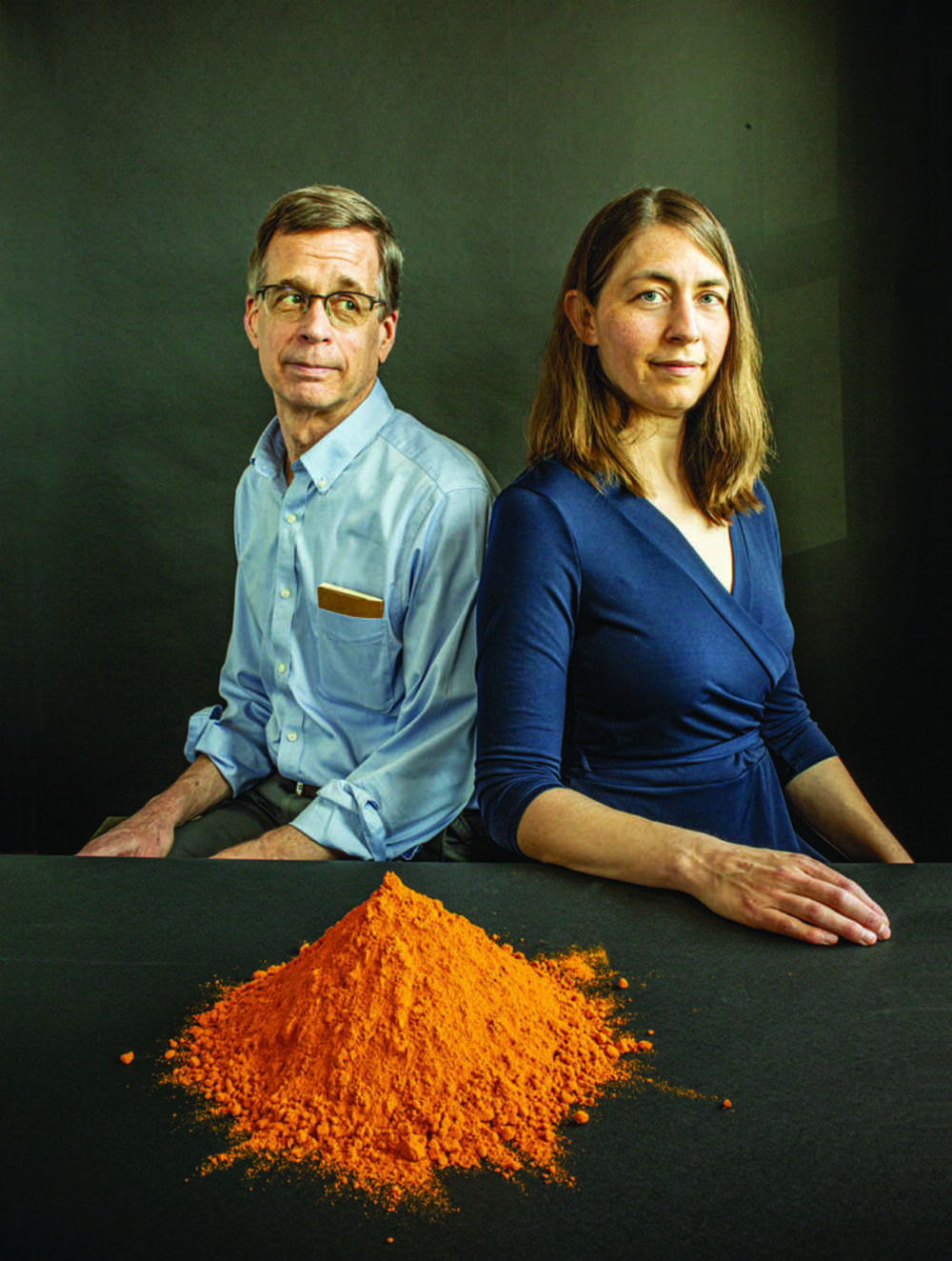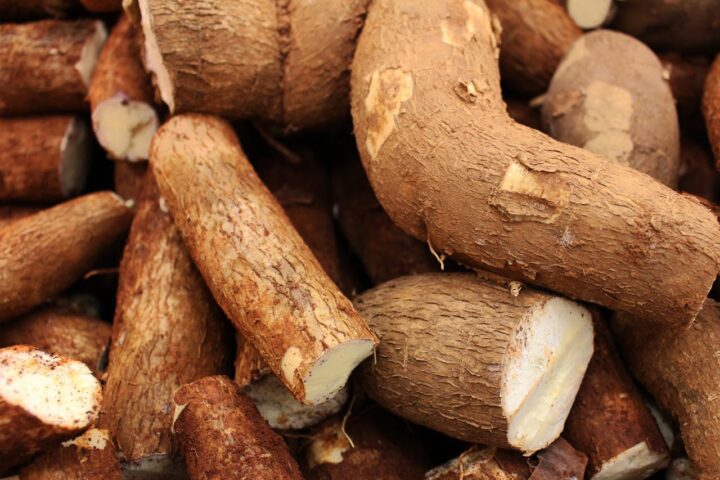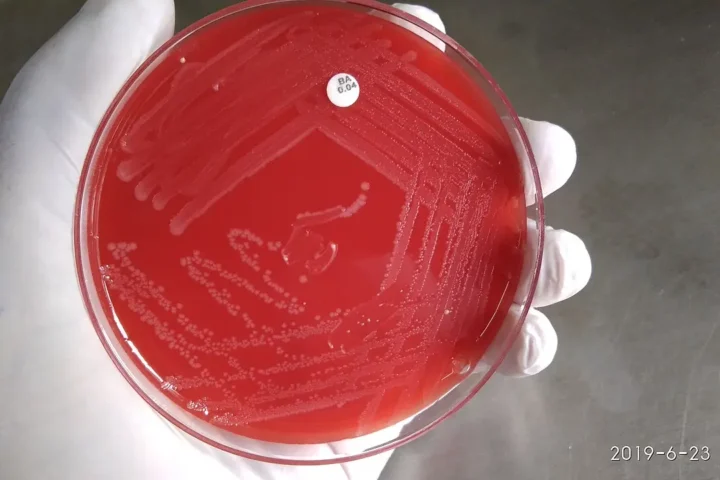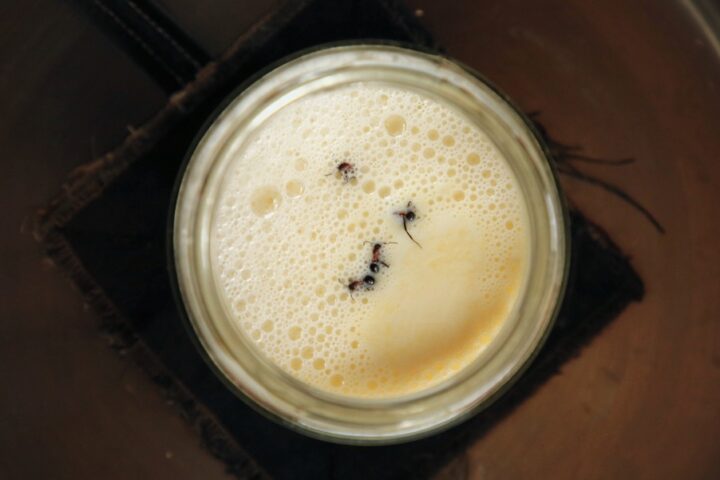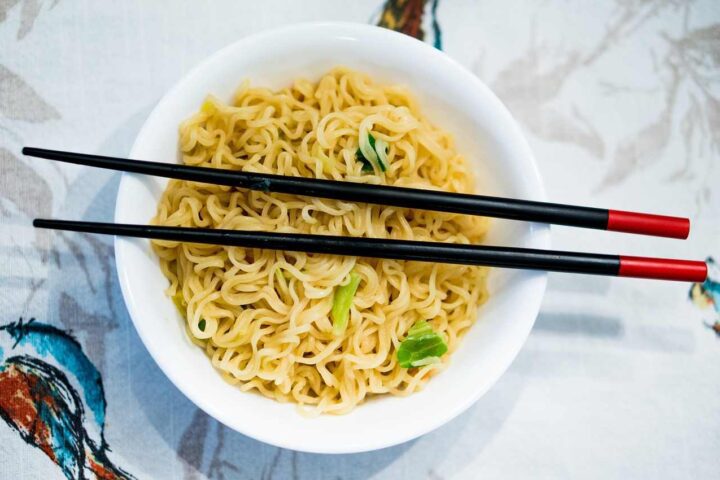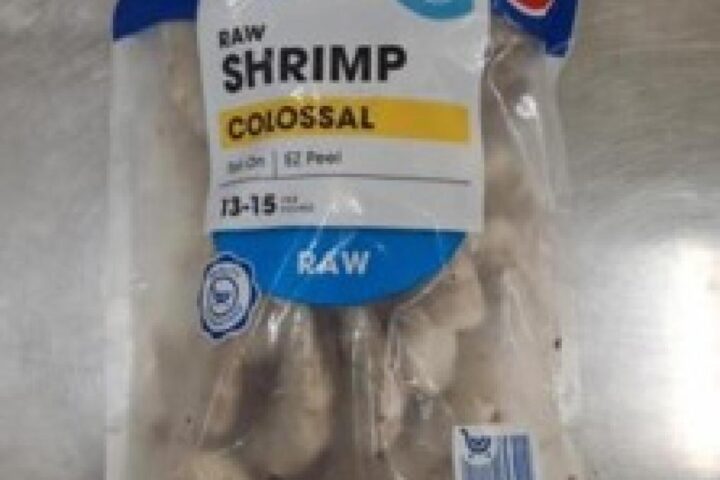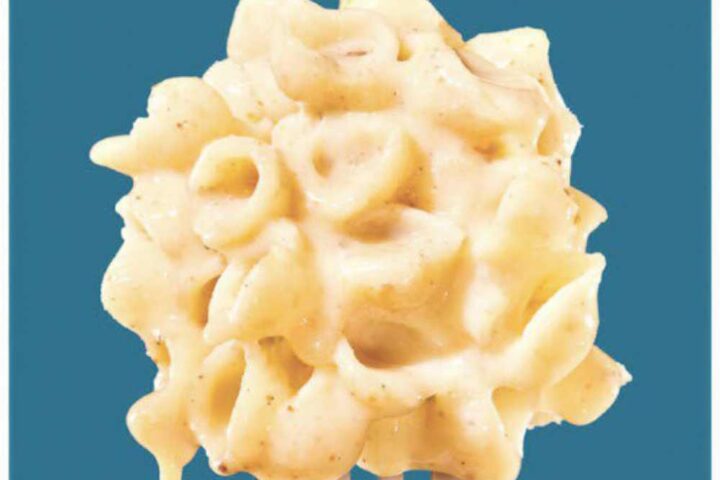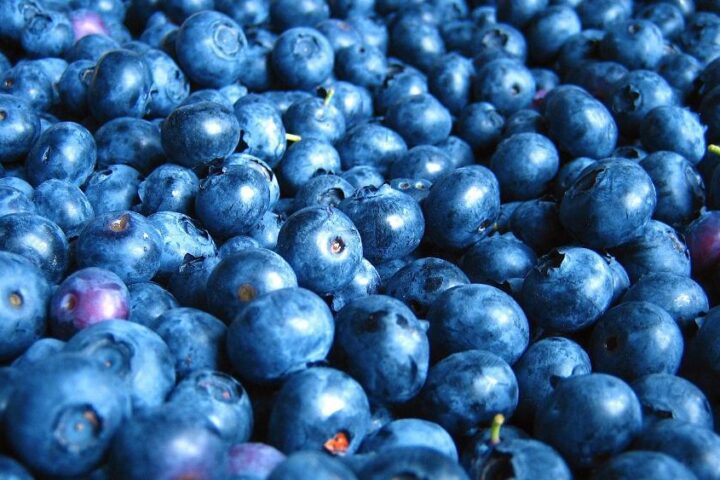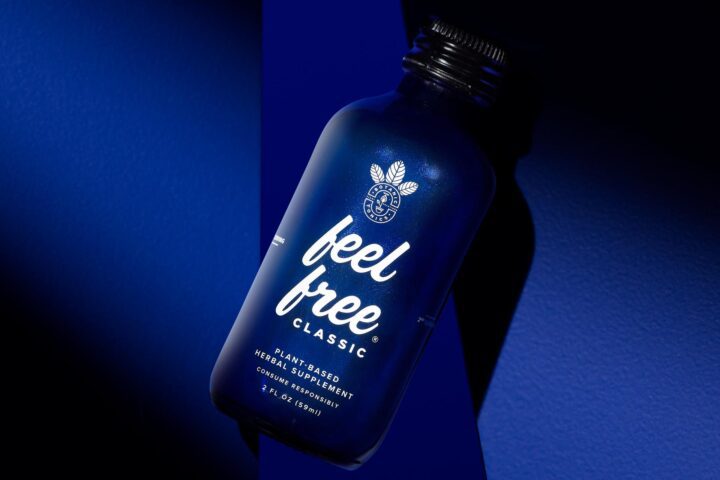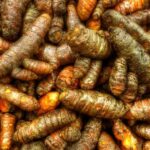In the vibrant markets of South Asia, turmeric is more than just a spice – it’s a staple, a livelihood, and a cultural icon. But beneath the bright yellow hues lies a sinister secret that has turned this superfood into a silent killer.
A Toxic Twist: Lead Chromate in Turmeric
For decades, some turmeric processors in Bangladesh, India, and Pakistan have been secretly adding lead chromate, a toxic industrial pigment, to enhance the spice’s yellow color and boost its marketability. This dangerous practice dates back to the 1980s when floods turned turmeric crops a dull brown.
Researchers collected turmeric samples from 23 major cities in India, Pakistan, Sri Lanka, and Nepal during the 2020-2021 growing season. They used a systematic approach to select sampling locations, focusing on populous areas and major cities. Local collectors followed a “mystery shopping” protocol to purchase various types of turmeric from wholesale markets and retail bazaars. The samples were then analyzed for lead content using different methods, including X-ray fluorescence (XRF) and mass spectrometry techniques. Some samples were also tested for other adulterants like metanil yellow and starch. The study aimed to assess the prevalence and levels of lead contamination in turmeric across the region, with a particular focus on determining if lead chromate was the likely source of contamination.
As Stanford researcher Dr. Jenna Forsyth discovered, the adulteration persists today, with lead levels in some samples exceeding a staggering 1000 micrograms per gram. “There is no safe level for lead exposure.” says Dr. Stephen Luby, MD, director of research for the Stanford Center for Innovation in Global Health.
List of cities with adulterated turmeric samples (those showing lead content >10 μg/g):
- Karachi, Pakistan (2,935 μg/g)
- Patna, India (2,274 μg/g)
- Peshawar, Pakistan (1,051 μg/g)
- Guwahati, India (127 μg/g)
- Kathmandu, Nepal (82 μg/g)
- Islamabad, Pakistan (22 μg/g)
- Chennai, India (11 μg/g)
- Amritsar, India (10 μg/g)
These cities are indicated on the map with red segments in their circular markers, representing lead content above 10 μg/g in the turmeric samples collected from these locations.
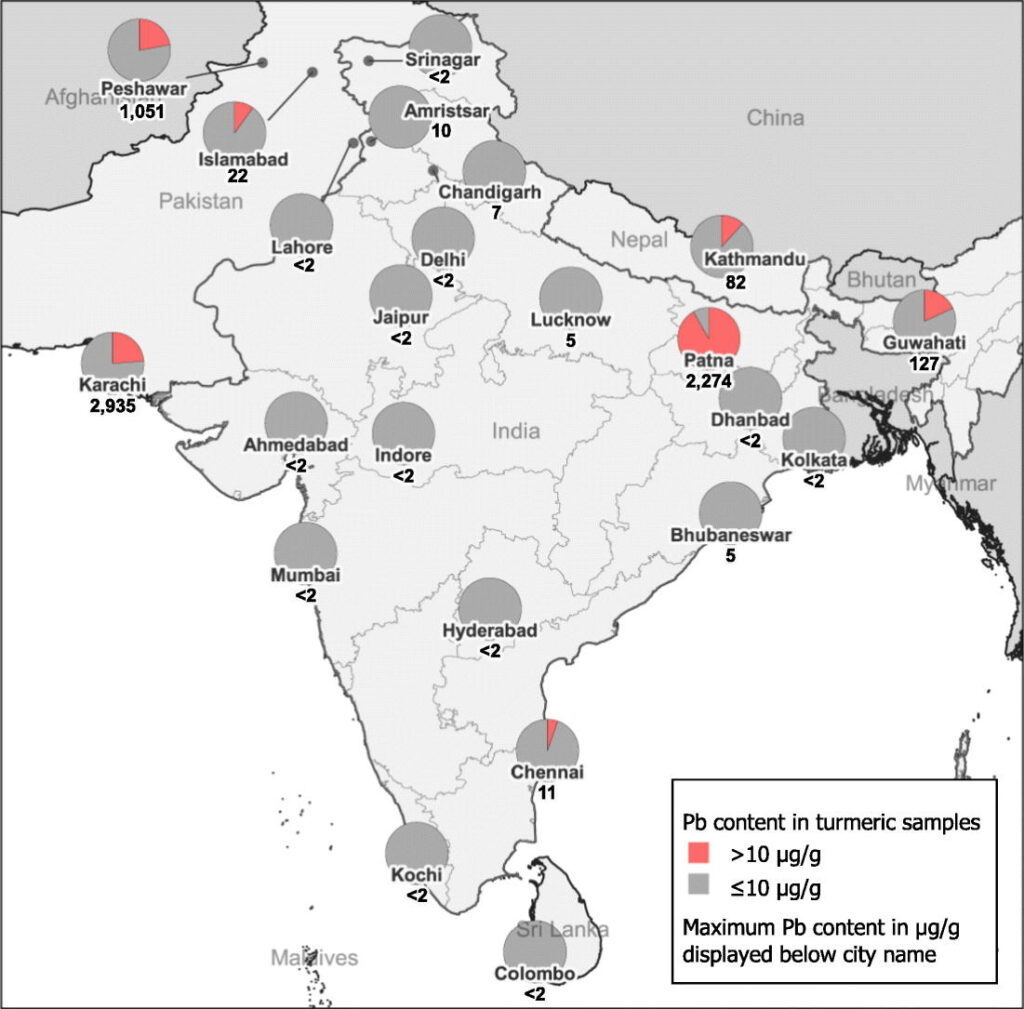
The Heavy Toll of Heavy Metal
Lead is a potent neurotoxin that wreaks havoc on the body, especially in children. It causes cognitive defects, behavioral problems, and a host of severe health issues, from kidney damage to cardiovascular diseases.
Studies have directly linked high blood lead levels in South Asian populations to lead-tainted turmeric consumption. Dr. Forsyth found that in rural Bangladesh, half of the women had high levels of lead in their blood.
Similar Posts:
The Economics of Adulteration
While the health risks are clear, the economic pressures driving this dangerous practice are often overlooked. Turmeric with a brighter yellow color fetches higher prices, making lead chromate an attractive option for small-scale producers struggling to compete in a cutthroat market.
“They don’t know that this is harmful for human health,” says Musa Baker, Forsyth’s colleague at icddr,b, a renowned health research institute in Bangladesh. “Rather, they want to expand their business.”
Lead poisoning permanently affects children’s cognitive abilities, lowering their intelligence scores and limiting their potential. It can lead to juvenile delinquency, violence, and crime. In Bangladesh, it costs $16 billion annually in lost productivity, 6% of GDP.
Cracking Down and Cleaning Up
In recent years, authorities have begun to fight back against turmeric adulteration. In Bangladesh, officials launched public information campaigns, raided spice markets, and introduced lead detection technologies like X-ray fluorescence analyzers.
From September to December 2019, Stanford and public health officials launched a plan to remove lead from turmeric. They informed manufacturers and consumers about the dangers of lead pigments through news releases, meetings, and 50,000 posters. The government made turmeric adulteration a prosecutable offense, and the then Prime Minister, Sheikh Hasina, discussed it on national TV.
These efforts have shown promise. After a high-profile “mobile court” raid in Dhaka in 2019, which imposed $9,288 in fines and confiscated nearly 2,000 pounds of turmeric. Adulterated spices dropped from 47% to 5% in a few months, and then to zero. Lead in processing mills fell from 30% to none. Blood lead levels in people dropped by 30% after intervention. “It was law enforcement theater,” Dr. Forsyth said. She admitted it was a powerful way to warn dirty turmeric producers and sellers: “We’re watching you.”
The Global Spice Trail
But the problem isn’t limited to South Asia. Turmeric from these countries is exported worldwide, and lead-contaminated spice has been found as far afield as the U.S. and Europe. In 2019, New York City health detectives traced lead poisoning cases in the local Bangladeshi community back to turmeric brought over in unmarked containers tucked inside personal suitcases.
The Way Forward: Regulation, Innovation, Cooperation
To fully eradicate lead from the turmeric trade, experts say a multi-pronged approach is needed. Stricter regulations and enforcement must be balanced with economic support for farmers to encourage safe, high-quality production. International cooperation, through trade agreements and regulatory bodies, is crucial to ensure exported turmeric meets safety standards.
Technology and innovation also have a role to play. Researchers are working on faster, more affordable methods to detect lead in food products, especially in rural markets. And the search is on for non-toxic alternatives to lead chromate that can enhance turmeric’s color without the devastating health risks.
As Stanford’s Dr. Forsyth puts it, “Honestly, we were so excited to see this [progress]. But when my friend was like, ‘You should take a break.’ I said, ‘No way. There’s more to be done.'”
The fight against lead-tainted turmeric is far from over. But with increased awareness, concerted action, and a commitment to public health over profits, there’s hope that this golden spice can shine safely once again.
